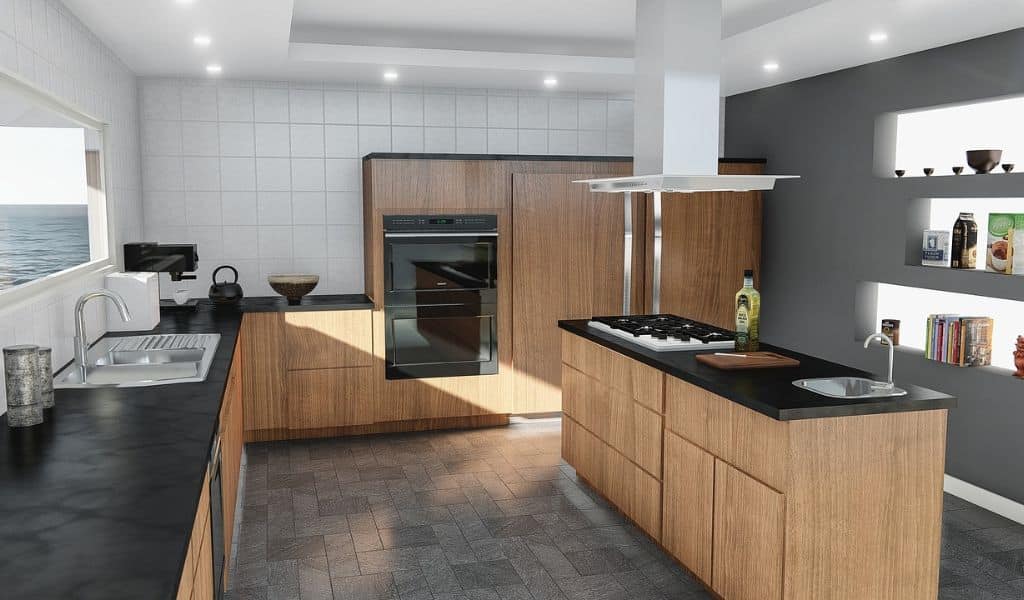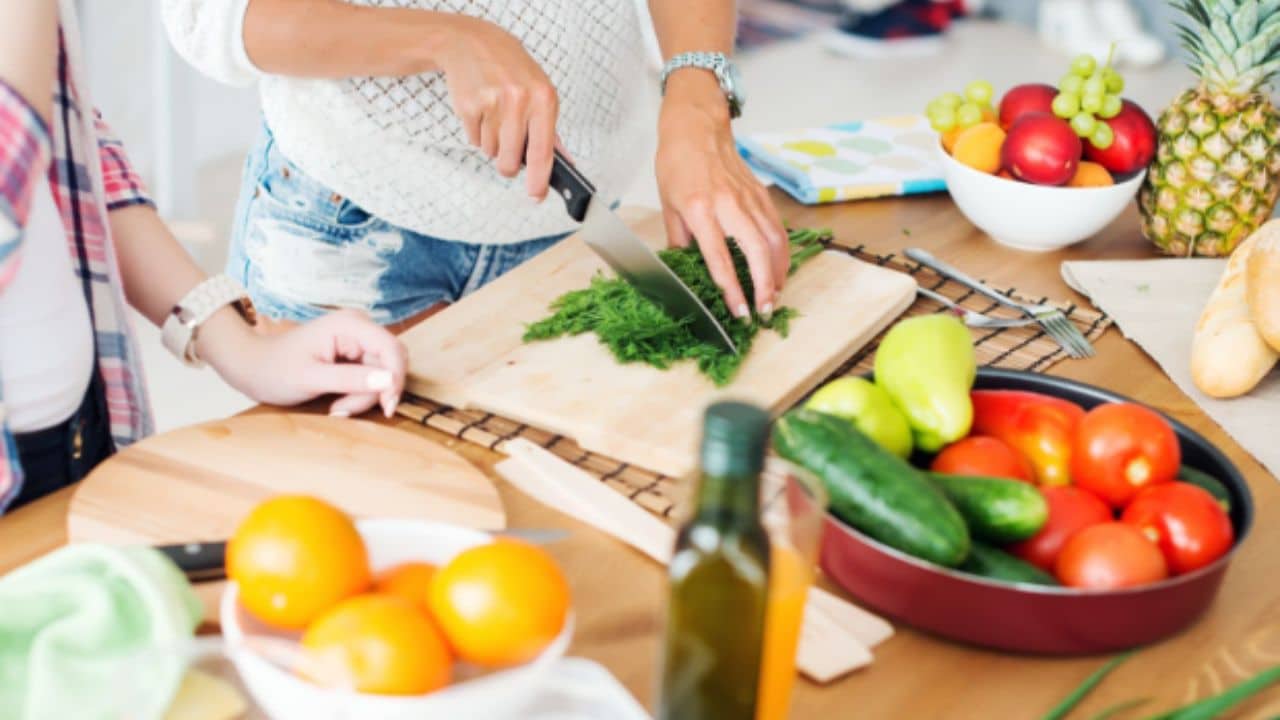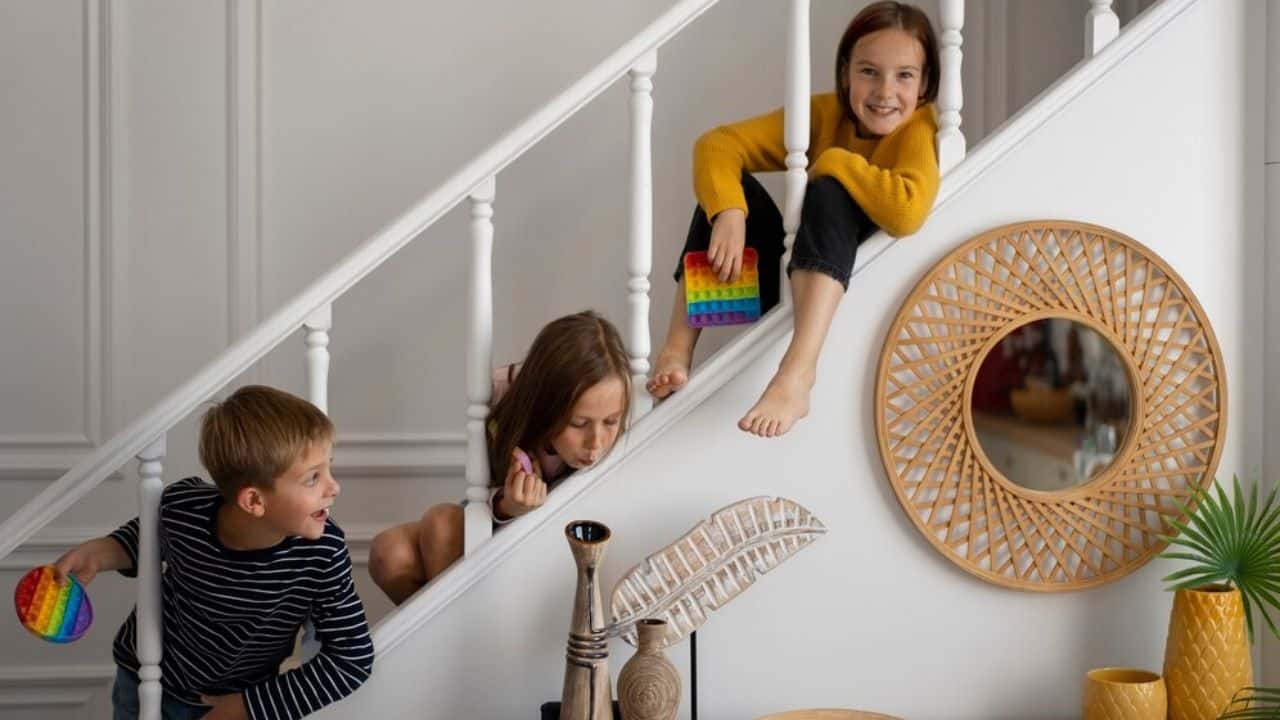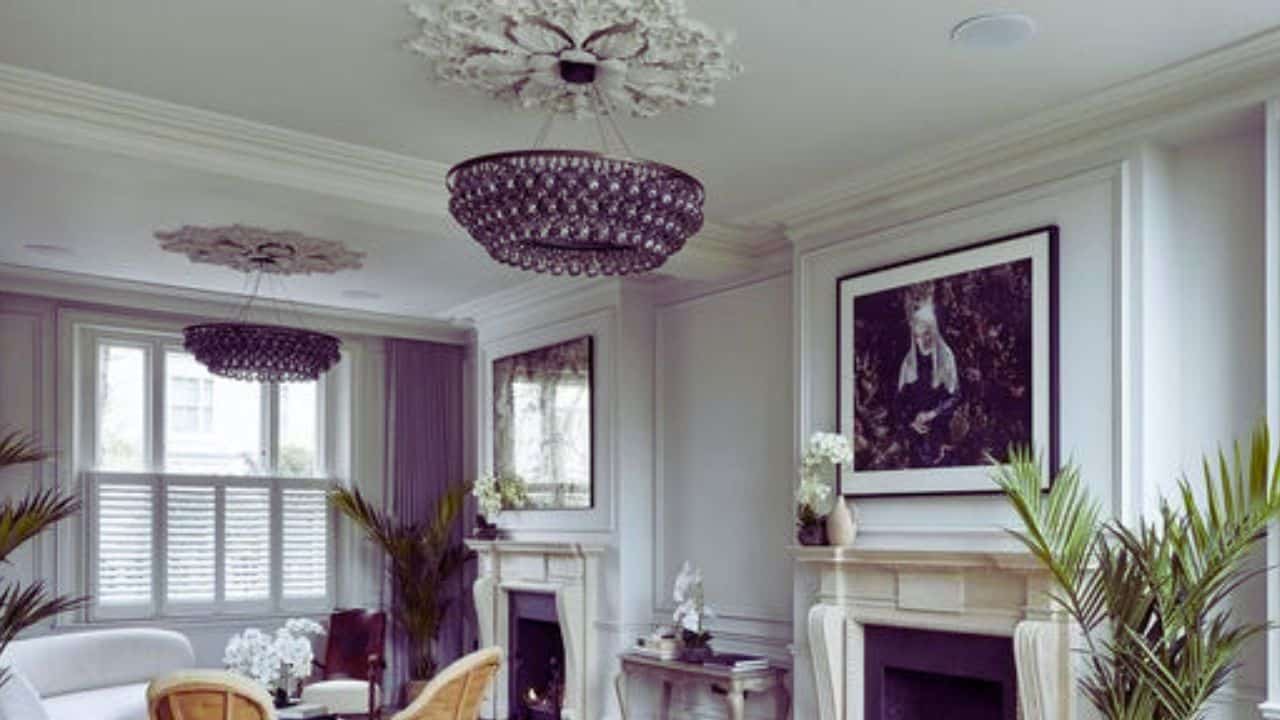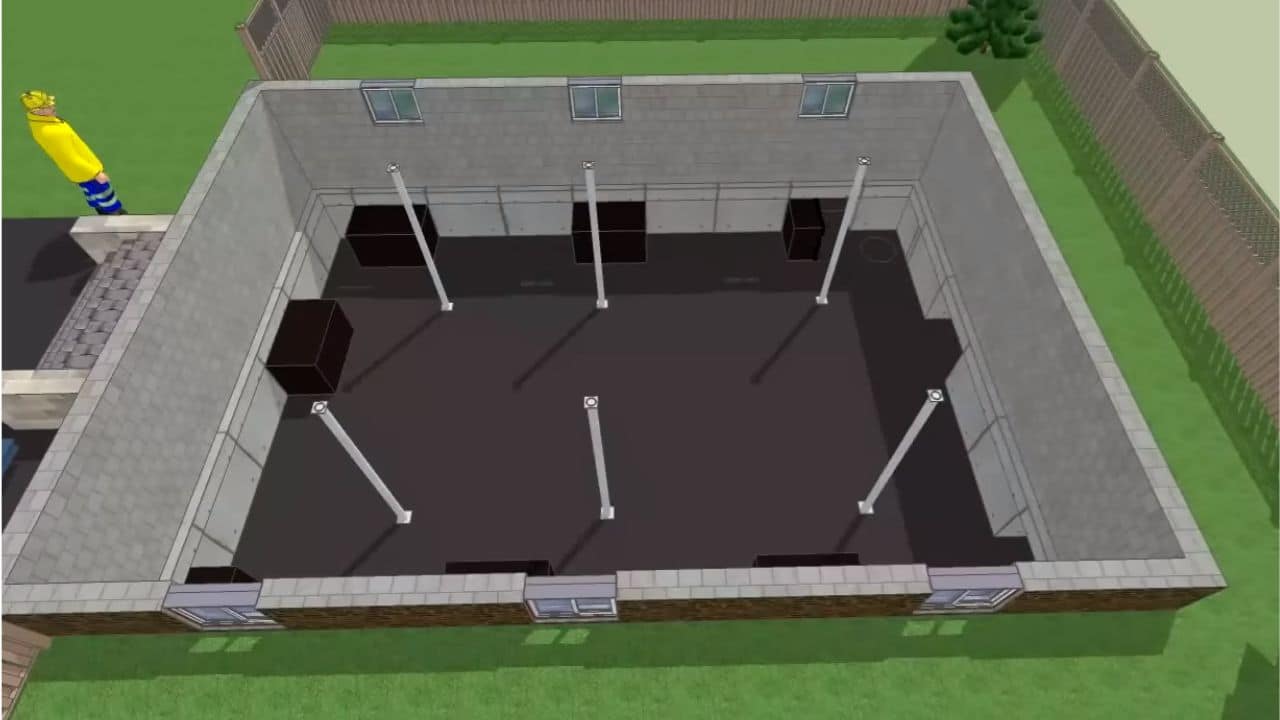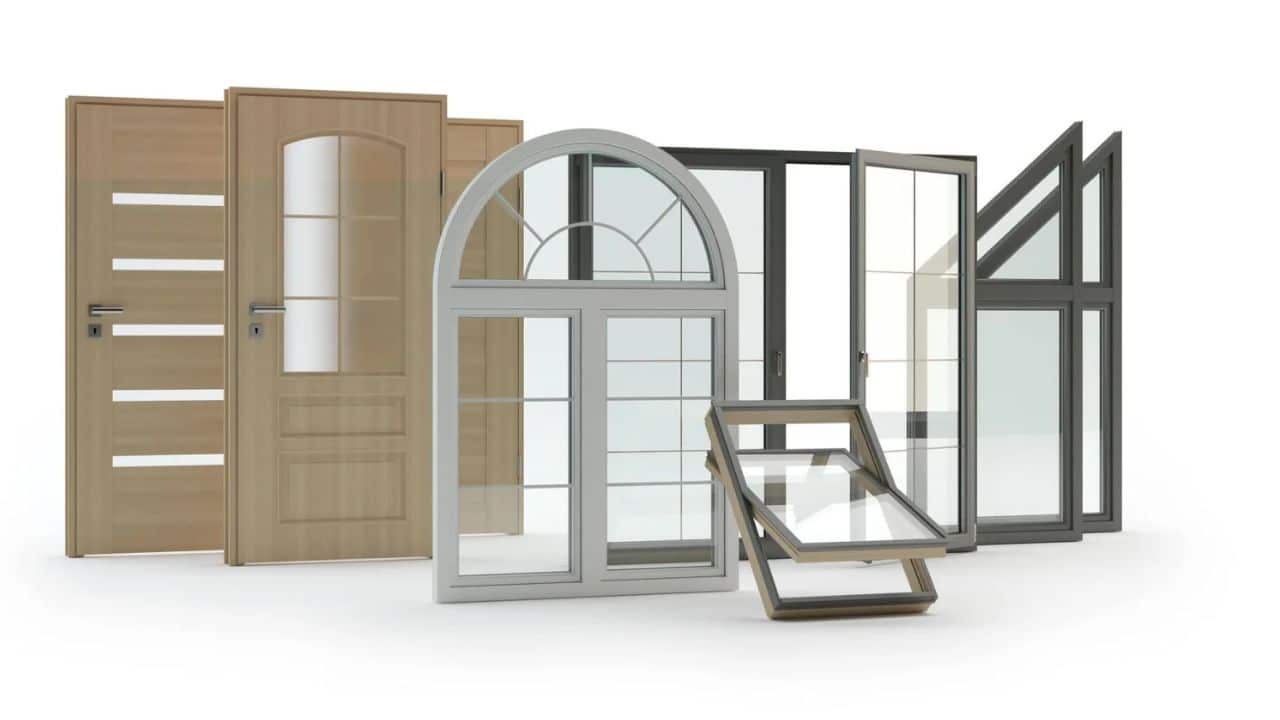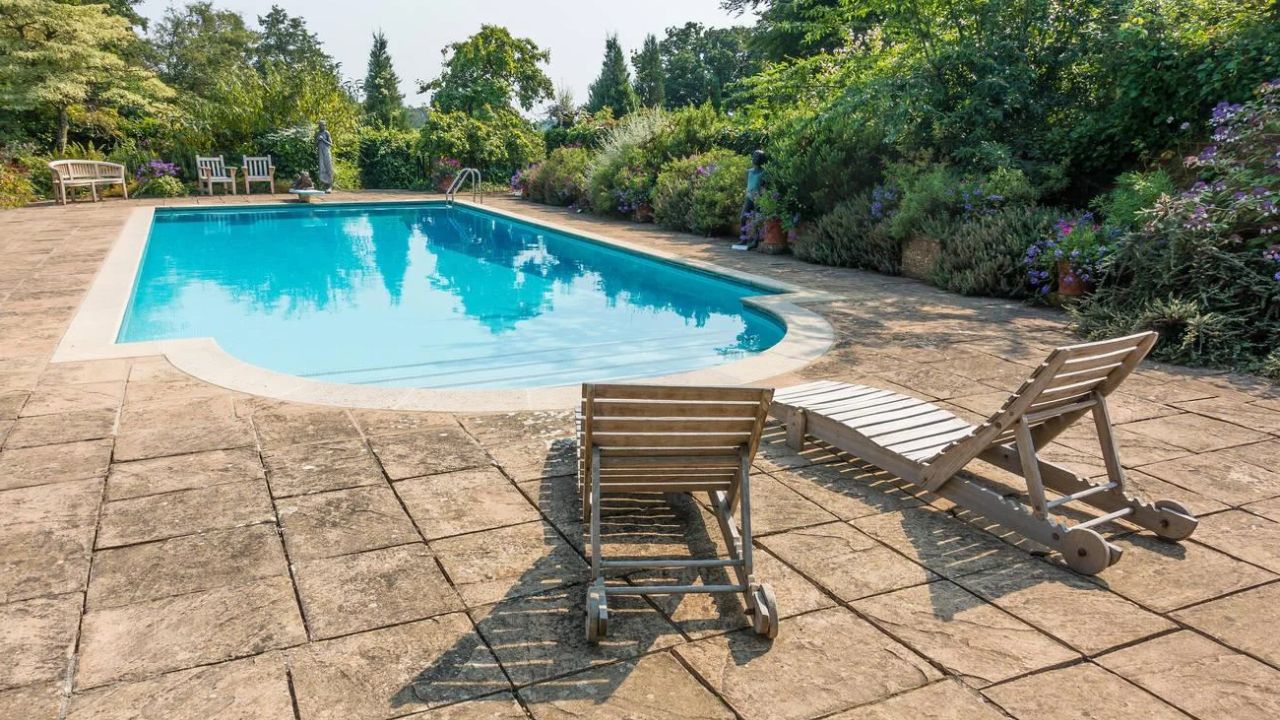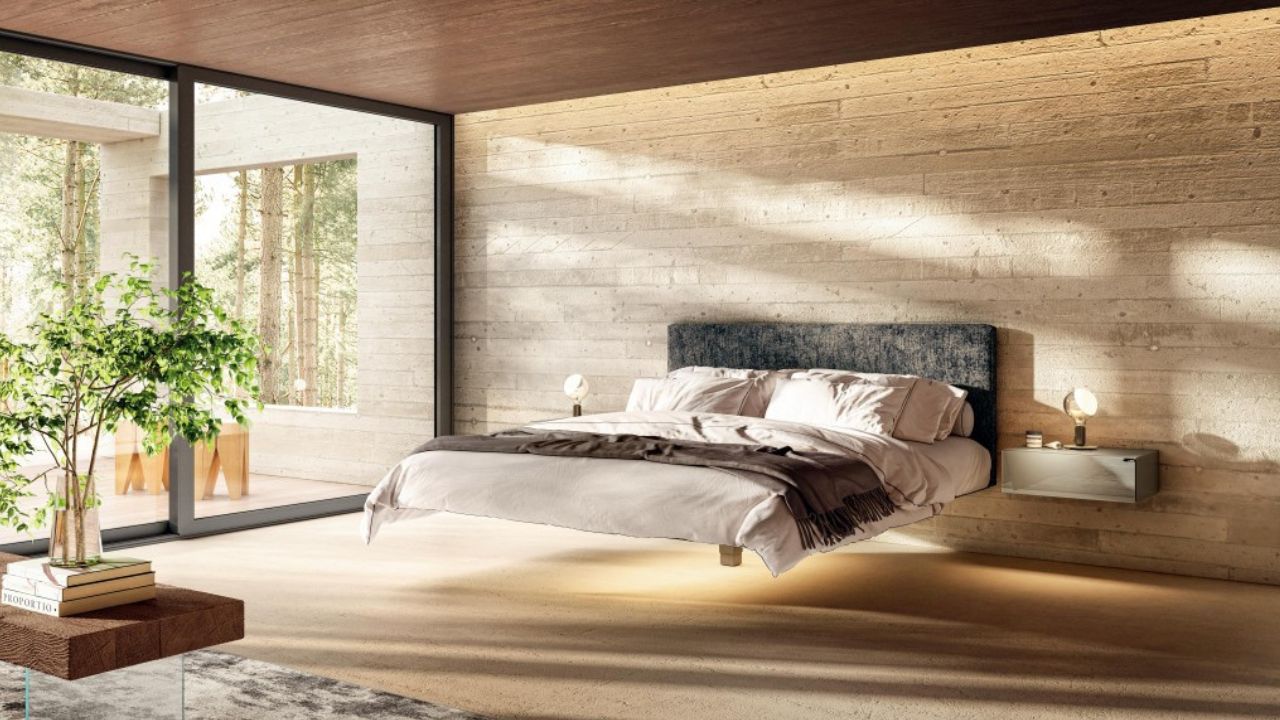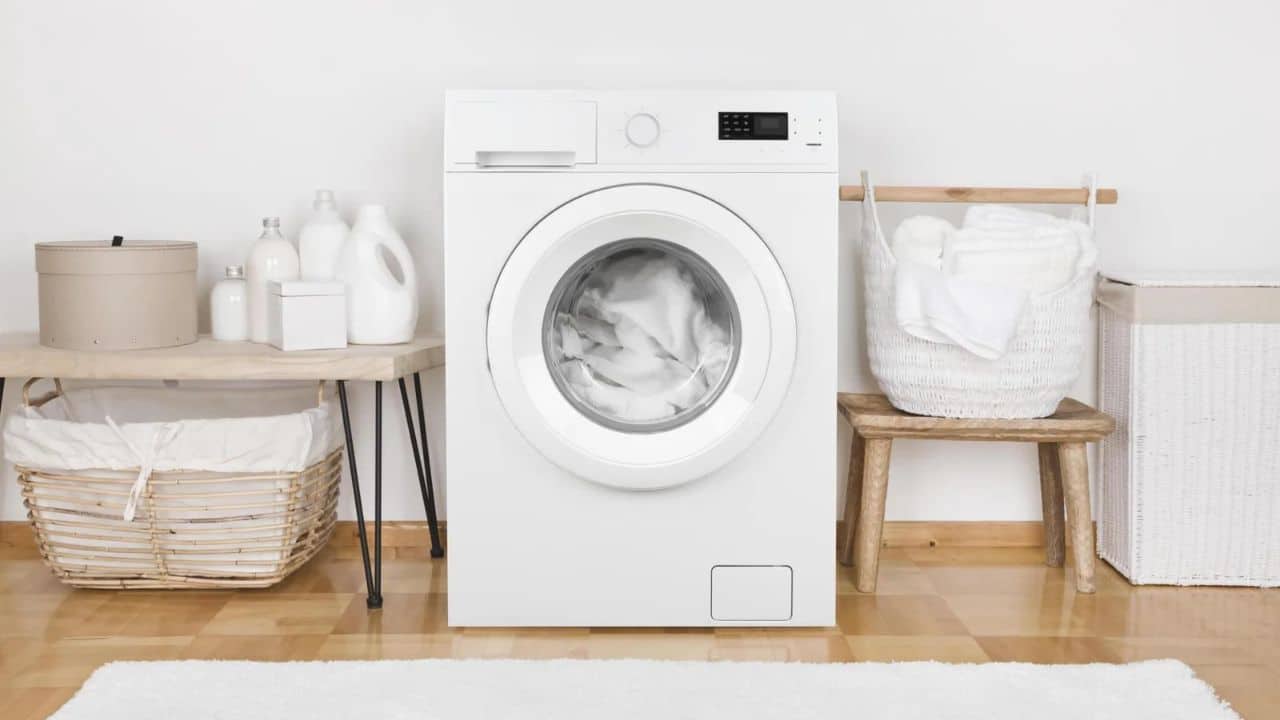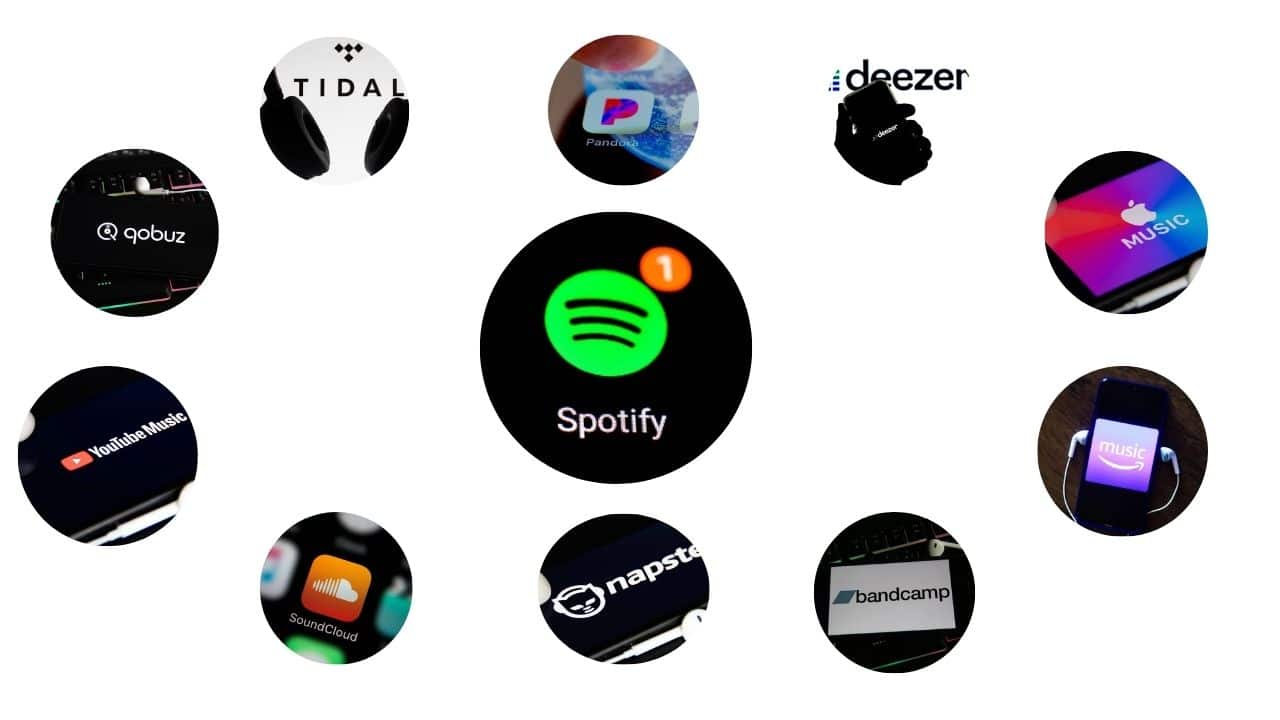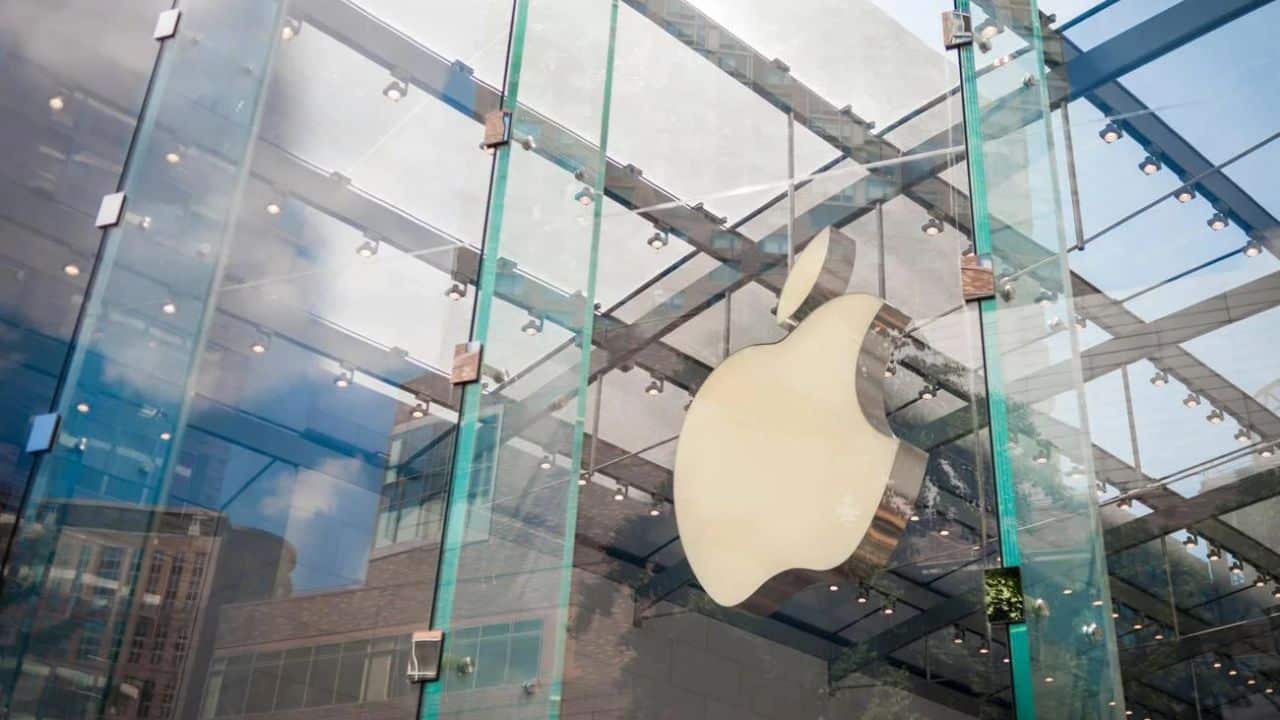In the modern era, the kitchen has evolved from being a mere cooking space to the heart of a home—a place where families gather, memories are made, and culinary delights are created. As the demand for functional and aesthetically pleasing kitchens increases, the need for innovative kitchen design tools becomes apparent. In this article, we will explore the role of kitchen design tools in revolutionizing kitchen planning, their features, and how they empower homeowners and designers to create stunning, efficient, and personalized kitchen spaces.
The Evolution of Kitchen Design Tools
Gone are the days of traditional pen-and-paper sketches and two-dimensional floor plans. With the advent of technology, kitchen design tool have evolved significantly, making it easier for homeowners and designers to visualize and actualize their dream kitchens. Advanced software applications now offer three-dimensional modeling, virtual reality simulations, and augmented reality experiences, transforming the design process into an immersive journey.
The evolution of kitchen design tools has brought remarkable advancements to the field of interior design. From manual sketches to the immersive experiences of Virtual Reality and Augmented Reality, these tools have revolutionized the way we conceptualize and plan our kitchens.
As technology continues to evolve, we can expect even more innovative features in kitchen design tools, further enhancing the user experience and making the process of creating the perfect kitchen more accessible to homeowners and designers alike. The journey of kitchen design tools is an exciting testament to the boundless potential of technology in transforming our living spaces into personalized havens of functionality and beauty.
The Power of Virtual Reality in Kitchen Design
One of the most remarkable advancements in kitchen design tools is the integration of virtual reality (VR) technology. VR allows users to step into their future kitchen virtually, providing a lifelike experience of the design layout, finishes, and appliances. This interactive approach empowers homeowners to explore different configurations, colors, and materials before making any physical changes, ensuring the end result aligns perfectly with their vision.
Moreover, designers can present their ideas more effectively to clients by showcasing multiple design options in real-time, improving communication and reducing misunderstandings. VR’s ability to bridge the gap between imagination and reality has significantly streamlined the kitchen design process.
Augmented Reality: Visualizing the Possibilities
Another innovative feature in kitchen design tools is augmented reality (AR). With AR, homeowners can superimpose virtual elements onto their existing kitchen space using their smartphones or tablets. This enables them to assess how new cabinets, countertops, or appliances will look within their current layout, facilitating better decision-making.
AR empowers homeowners to experiment with different design elements without making permanent changes. This not only saves time and money but also reduces the stress associated with uncertainty during the kitchen renovation process.
Customization and Personalization
Every individual has a unique vision for their ideal kitchen. Kitchen design tools now offer extensive customization options, allowing homeowners to tailor their designs according to their preferences. From selecting the right cabinetry to choosing the perfect lighting fixtures, these tools offer a wide array of choices that cater to diverse tastes and lifestyles.
Furthermore, kitchen design tools take into account the available space, ensuring that the design optimizes the kitchen’s functionality while maintaining a visually appealing layout. Whether it’s a contemporary minimalist kitchen or a rustic farmhouse style, these tools enable homeowners to turn their inspirations into reality.
Streamlining Collaboration and Communication
Effective communication between homeowners and designers is crucial for a successful kitchen renovation. Kitchen design tools serve as a collaborative platform where ideas can be shared, feedback can be given, and modifications can be made in real-time. This level of collaboration ensures that all stakeholders are on the same page and have a clear understanding of the project’s progress.
Additionally, kitchen design tools often offer built-in project management features, helping homeowners keep track of timelines, budgets, and the status of various tasks. This enhances overall project efficiency and minimizes the likelihood of delays or unexpected costs.
Conclusion
In conclusion, the advancement of kitchen design tools has revolutionized the way we approach kitchen renovations. By harnessing the power of virtual reality, augmented reality, customization, and seamless collaboration, these tools have empowered homeowners and designers to bring their kitchen visions to life with confidence.
With the ability to visualize and experiment with various design elements, homeowners can now make well-informed decisions that align with their preferences and lifestyle. The future of kitchen design is undoubtedly exciting as technology continues to push the boundaries of creativity and practicality, enhancing the heart of every home—the kitchen.

